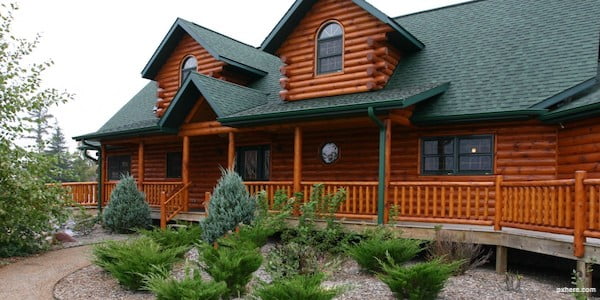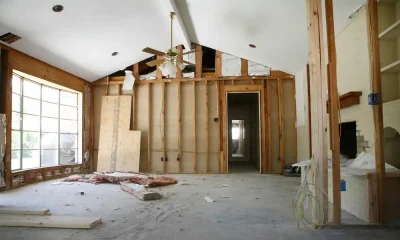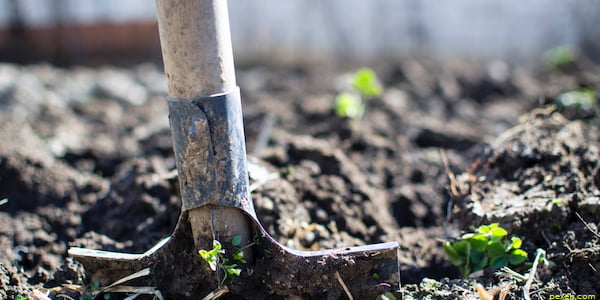Build
What to Know Before Building a Log Cabin

Log cabins are the quintessential symbol of rest, relaxation, and rustic living. Whether you opt to build a log cabin as a primary residence or private retreat, these one-of-a-kind dwellings are filled with charm and natural beauty.
Building a log cabin has a lot of idiosyncrasies that should be given careful consideration before committing to the task. Here are a few things to ponder to get you started.
Prefabricated Log Cabins Exist
If you find the idea of building a log cabin from scratch particularly daunting, you should know that prefabricated log cabins exist. Purchasing a prefabricated cabin can save you time, stress, and the money required to find a skilled tradesperson to design and build a log cabin. There are different sizes and designs, put together to fit your particular needs. If you need inspiration, these are the coolest prefab log cabins available.
By using a prefabricated cabin, you can still customize the wood stain, countertops, roof color and material, etc. The rest is left to the experts. Keep in mind, that you will still be required to find and pay for the perfect spot for your private getaway.
Choose the Right Kind of Wood
Choosing the right kind of wood for your log cabin is one of the most critical decisions you will make. The quality of wood will directly impact the lifespan of your home. You need to choose wood that is strong, like Douglas fir and other northern coniferous species of trees. Generally, trees that are less prone to cracking and resistant to bugs are the best option for building a log cabin.
Cedar is another popular wood for log cabins, due to its hardiness in the face of extreme weather. Unlike in traditional dwellings, your wood will be exposed to the elements on a regular basis. Cedar, with its resistance to decay, is an excellent choice if you live somewhere with lots of weather fluctuations.
Maintenance Needs
Homeownership, regardless of your dwelling, creates an intimate relationship with the need for maintenance and repairs. With a log cabin, those requirements become more timely and essential. Whereas you may be able to put off maintenance tasks for some time in a traditional home or cabin, procrastinating in a log cabin can drastically shorten the structure’s lifespan.
With a log cabin, you will need to re-apply sealant on the outside of the structure every couple of years. You will also need to be hyper-aware and vigilant in your pest control efforts. Skip the DIY approaches to getting rid of bugs– such as termites– that could damage your cabin and call a professional immediately. Any electrical issues that arise may necessitate the services of an electrician with experience in log cabins.
Insulation
When built properly, a log cabin is effective at keeping the interior warm in the winter and cool in the summer. However, when built improperly, the lack of additional insulation can be extremely problematic. If you use a prefabricated log cabin, this won’t be a concern. If you use an inexperienced contractor who doesn’t know the different methods of fitting logs together for optimal insulation, you could be in trouble. Once your log cabin is put together, correcting insulation problems is near impossible. As such, it’s essential to do it right the first time.
Location Building Laws and Permits
Before making a significant financial investment, be sure to check the local regulations surrounding building types and permits required for construction. While having barriers against log cabins isn’t common, you’ll want to be sure you aren’t infringing on any subtle environmental laws or building restrictions that could shut you down. Do your due diligence before selecting your location.
Log cabins make great retreats and gorgeous dream homes. Proper construction is key when ensuring this rustic dream doesn’t turn into a nightmare.





